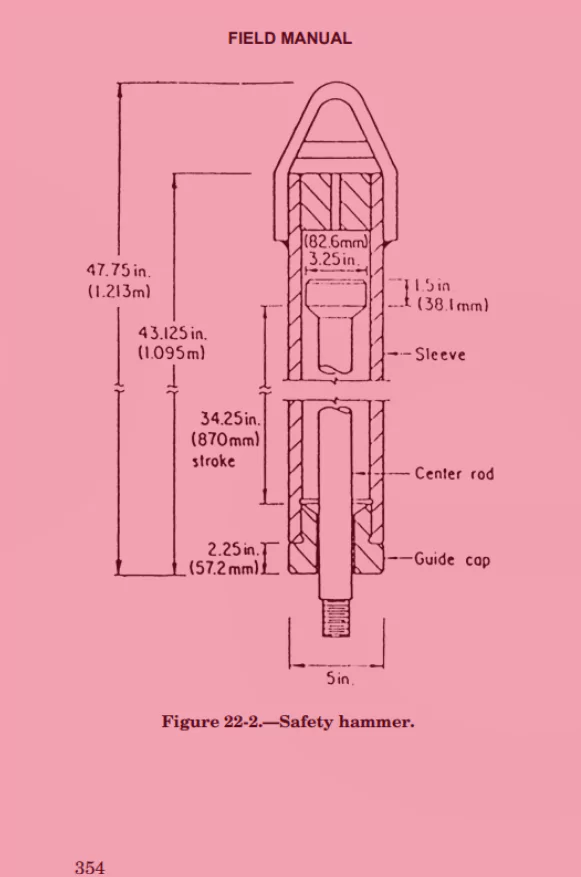Soil penetration test
The penetration test, The standard penetration test is an in-situ test that is coming under the category of penetrometer tests. The standard penetration tests are carried out in borehole. The test will measure the resistance of the soil strata to the penetration undergone. A penetration empirical correlation is derived between the soil properties and the resistance. It is extremely useful for determining the relative density and the angle of shearing resistance of cohesion less soils. It can also be used to determine the unconfined compressive strength of cohesive soils.
The advantages of standard penetration test are:
- The test is simple and economical
- The test provides representative samples for visual inspection, classification tests and for moisture content.
- Actual soil behaviour is obtained through SPT values
- The method helps to penetrate dense layers and fills
- Test can be applied for variety of soil condition.

